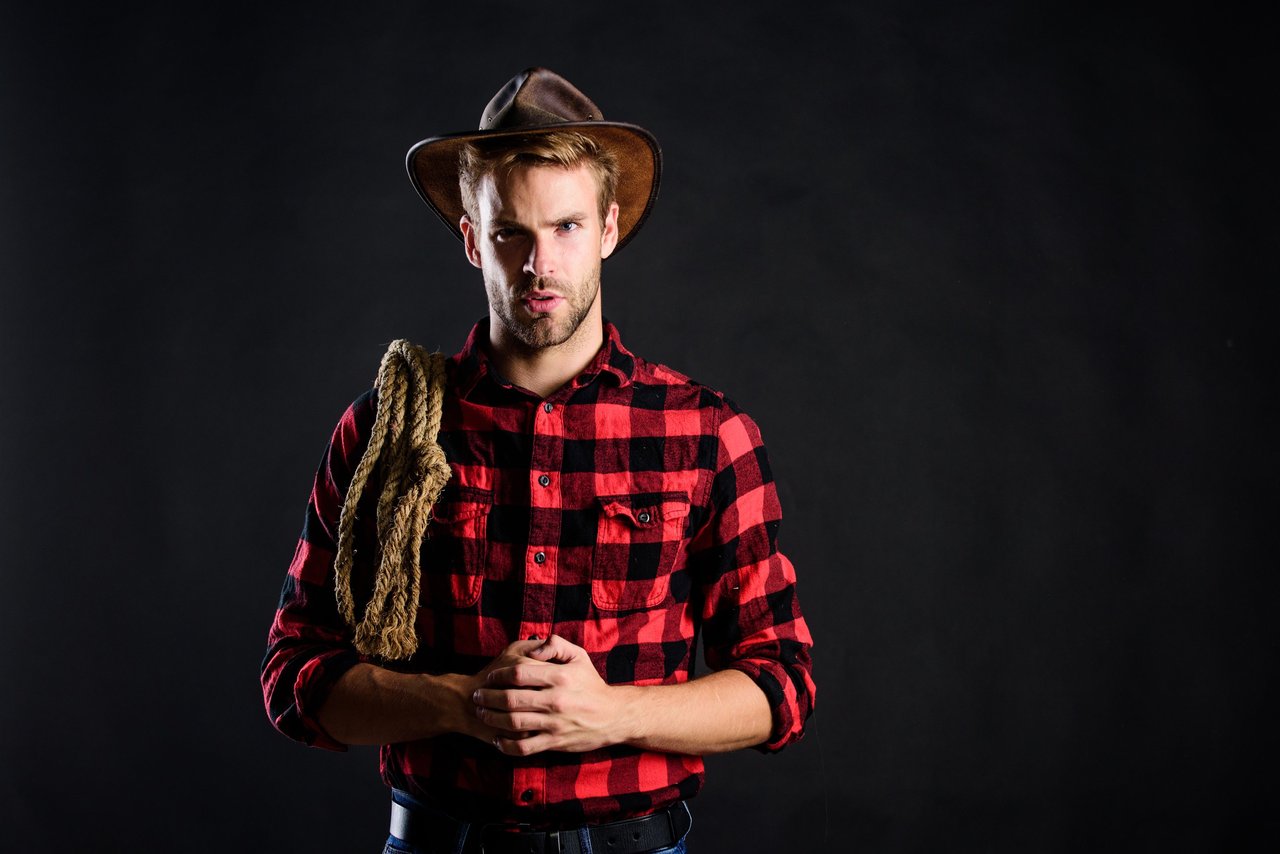What is a Gay Otter? Understanding Identity and the Masculinity Spectrum
Labels can be a lot, but sometimes a word opens a door you didn’t even know was there. The question, “What is a gay otter?” invites you to look closer at the intricate world inside LGBTQ identities. The gay otter isn’t just a quirky animal term—it’s a core point on the masculinity spectrum. While popular culture recognizes “bears” or “twinks,” otters sit between: typically, a gay man who is slim to medium build, with noticeable body hair, often in his twenties through early forties. He’s not as burly as a bear, or as wiry as a wolf; he doesn’t chase smoothness the way twinks do. He’s got body hair, sure, but there’s a leanness to the frame—a sense of in-betweenness. And that’s the point. Otters represent a celebration of naturally-present traits that didn’t always have a name. The things that make you different—body type, age, vibe—are what make you an otter.
This isn’t just random classification. The otter label creates space for something genuine: a place to land if you’ve ever felt “not quite” a bear, “not quite” a twink. Body positivity comes alive here—not in abstract words, but in day-to-day confidence. The otter embraces his look without feeling the need to bulk up or slim down. He takes pride in body hair—chest, arms, that line under the bellybutton. It’s an aesthetic, but also a way to soak up masculinity without posturing or pressure. It’s where gender expectations settle on comfort, not competition.
Understanding yourself isn’t about fitting neatly into a box—but sometimes knowing the box exists helps you breathe easier. You find language for things you didn’t even realize needed saying. That’s the power of the gay otter in modern queer subculture: making room for realness without pretense.
Otter Body Type: Traits, Diversity, and Embracing Positivity
You might wonder why so many animal terms swirl around gay men’s identities. The otter body type is a living answer. Think slim or athletic, sometimes wiry, definitely not “jacked” in a gym-bro sense. Yet, what stands out most is the prevalence of body hair—not as dense or thick as a bear, but clearly visible, running along arms, chest, or legs. Some otters are shorter, some taller, but always tilting somewhere on a middle ground, never quite the extreme.
People love to compare: Otters versus bears versus twinks. Bears, famously, are large-bodied, heavily hairy, and exude rugged masculinity. Twinks, on the other hand, are young, almost always smooth or with minimal body hair, and typically slender. Otters fill the gap—body-positive, leaner, and often younger than bears. But it’s not cut and dry: You can be a stockier otter or a softer-edged wolf. Classifications bend. Some otters may even fit into other categories as age and body composition shift. This ambiguity is central to being an otter— it breaks out of rigid expectation and builds confidence in diversity.
Body positivity matters here. Someone might stare in the mirror and wonder if being hairy is “allowed” to be hot. Otter identity is the answer: Hair isn’t something to erase, and neither is a slim frame. The beauty of the otter body type is in its naturalness and range. The more authentic you are, the more you draw people in—no need to chase standards designed for someone else’s life.
LGBTQ Otter: Belonging and Challenging the Norms in Queer Subculture
Belonging isn’t just about acceptance from others; it’s learning to stand up for your own spot in a crowded room. The LGBTQ otter identity carves out recognition for those who never fit “traditional” gay ideals—breaking from rigid archetypes of who gets to be desired. Queer subculture thrives on diversity, but even within it, some narratives shout louder.
Otters offer a fresh embrace of body types and personalities that get left behind in mainstream dating culture. You see the difference on dating platforms—the pride of self-description, “otter seeking otter,” jumps off the page and signals solidarity. This identity doesn’t isolate or divide; it weaves new connections through shared experience and bodily confidence.
But it’s also about challenging queer norms. Masculinity in LGBTQ spaces isn’t one-size-fits-all. Some celebrate muscle mass, others value youth, and others find security in a certain presentation. Otters, sitting on the edge of definitions, challenge ideas around attractiveness, masculinity, and acceptance. They champion body hair, lean builds, and that middle space between extremes. Instead of erasing individuality, the otter identity brings it closer to the surface, proving there’s more than one way to live confidently as a gay man. No rule says you must conform—even in the spaces where you’re supposed to belong the most.


